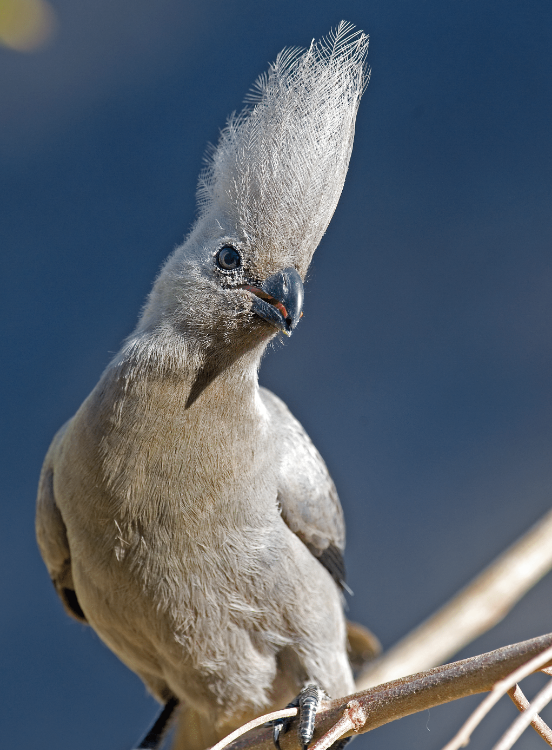Waterberg Wilderness Lodge
November 12, 2012The indefatigable commiphoras – hardy, varied, adaptable
November 12, 2012Roberts’ No 43
by Pompie Burger
We were fortunate to join Mark Paxton on two occasions while he was doing research in the Mahango Game Park on the breeding habits of these very peculiar-looking but elegant birds – the African skimmer. This intra-African migrant species that nests on the banks of the Okavango River in Namibia is definitely worth observing, especially when flying with its long scimitar-shaped wings a few millimetres above the water, skimming the surface for food.
Up close African skimmers look almost prehistoric with their bright orange-red bills, of which the lower mandible is much longer than the upper one. This modification makes it possible for these birds to ‘skim’ the water while flying low over the surface, snatching up food, such as small surface fish, on the wing. African skimmers are most active at dusk. In Namibia they breed from the end of July until November. Their nest consists of a small hollow scraping scarcely 30 centimetres above the water level, which makes it relatively unprotected from predators and natural disasters.
Some of the more impressive destroyers are buffaloes crossing the islands in herds and trampling the eggs to produce scrambled eggs, or a herd of elephants squashing them into omelettes. Snakes and monitor lizards prefer to eat the eggs, while fish eagles and goliath herons often eat the chicks. In fact, it’s amazing that African skimmers manage to raise any chicks at all. Indeed, they’re classified as an endangered species on the red data list.
These birds are highly gregarious, flying in flocks of up to 20 or more. They usually roost on sandbanks in the sun, facing the wind. They are very wary and unapproachable on foot, but with a boat one can come quite close at times. When disturbed, they fly off with leisurely wingbeats, giving their typical kik-kik-kik call.
About the author:
Based in Windhoek, Pompie Burger is an orthopaedic surgeon whose part-time passion is photography, in particular wildlife, and specifically birds. This regularly takes him to the most remote corners of the country, resulting in riveting images and articles.
Pompie is the author and photographer of the coffee table book Birds of Namibia, which was published in 2008. The book contains articles and photographs which attest to the insight and knowledge of an accomplished observer.
Read more of his articles in our Birding Section.
This article appeared in the Oct/Nov ‘05 edition of Travel News Namibia.



1 Comment
nice looking